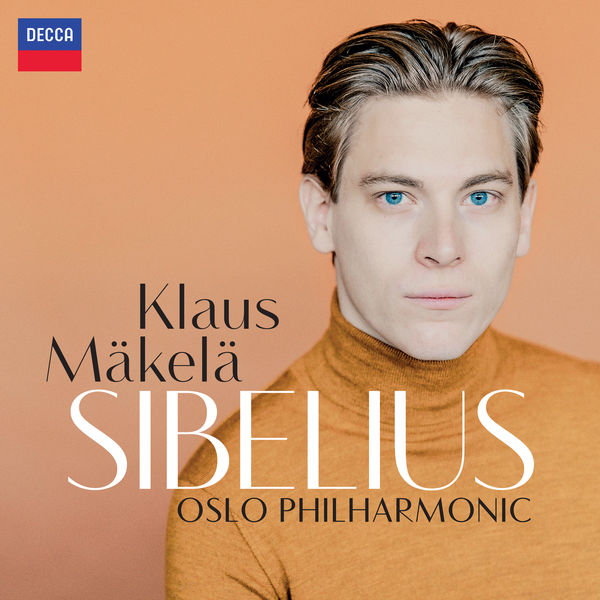
HR 96.0kHz/24Bit 
专辑名称: Sibelius: Complete Symphonies
创作艺人: [Klaus Mäkelä, Oslo Philharmonic Orchestra]
音乐流派: Classical|古典
专辑规格: 1碟30首
出品公司: Decca Music Group Ltd.
发行时间: 2022/3/25
官方标价: £18.09 (会员免费下载)
域名语言: [it] (AI检测)
曲目介绍:
I. Andante, ma non troppo – Allegro energico
II. Andante (ma non troppo lento)
III. Scherzo. Allegro
IV. Finale. Quasi una fantasia
I. Allegretto
II. Tempo andante, ma rubato
III. Vivacissimo
IV. Finale. Allegro moderato
I. Allegro moderato
II. Andantino con moto, quasi allegretto
III. Moderato – Allegro ma non tanto
I. Tempo molto moderato, quasi adagio
II. Allegro molto vivace
III. Il tempo largo
IV. Allegro
I. Tempo molto moderato
II. Andante mosso, quasi allegretto
III. Allegro molto
I. Allegro molto moderato
II. Allegretto moderato
III. Poco vivace
IV. Allegro molto
I. Adagio –
II. Vivacissimo – Adagio –
III. Allegro molto moderato –
IV. Vivace – Presto – Adagio
Sibelius: Tapiola, Op. 112
I. HUL 1325 (Compl. Virtanen)
II. HUL 1326/9 (Compl. Virtanen)
III. Allegro moderato, HUL 1327/2 (Compl. Virtanen)
详细介绍:
In April 2021, Decca announced the signing of a contract with new young conductor, Klaus Mäkelä (born 1996), shortly after his appointment by the Orchestre de Paris as musical advisor for two years and then musical director from September 2022. The English label signed a conductor for the first time in several decades, in this case another student of Jorma Panula, who played an important role in many careers at the Sibelius Academy in Helsinki. In addition, to enter the recording scene with a complete set of Sibelius%27 seven symphonies is a daring venture. Each work in the cycle, which is particularly complex, is unique.
Discographically, the Oslo Philharmonic Orchestra is not necessarily associated with Sibelius%27s orchestral works, having made few recordings apart from the four symphonies (Nos. 1, 2, 3 & 5) recorded with Mariss Jansons for EMI in the early 1990s, which suffered from a very reverberant sound recording. This is not the case with this Decca recording as the technical teams have done a remarkable job in recording. The listener will perceive everything about Sibelius%27 orchestral writing, the depth of the textures in particular, all the more so as Klaus Mäkelä masterfully takes care of the balances (Symphony No. 1), the numerous polyphonic exchanges, in the course of visions with moderate tempos. The listener will feel every bit of Sibelius%27 orchestral writing, the depth of the textures in particular, all the more so as Klaus Mäkelä masterfully maintains the balances (Symphony No. 1) as well as the numerous polyphonic exchanges in the flow of moderate tempo. There are no shocking contrasts or explosive breaks here. Klaus Mäkelä%27s gestures are extremely calm and composed. The conductor is not very receptive to the composer%27s rhythmic surges and phrases the broad lines with impressive majesty (Finale of the 3rd Symphony). Klaus Mäkelä does not exacerbate the contrasts between the orchestral blocks here. With remarkable respect for the silky nature of the Norwegian orchestra, he always tries to bring about fusion and promotes tonal continuity between the vocal groups. Even Symphony No. 4, composed during Sibelius%27s darkest period, is, under the direction of Klaus Mäkelä, largely bright, a far cry from the frightening cataclysms of Ernest Ansermet (Decca, 1963) or Sir Thomas Beecham (BBC Legends, in concert, 1954).
Throughout the seven symphonies, this Sibelius work, marked by a general desire for euphony, is unquestionably distinguished by the coherence of the conductor’s vision and the sumptuousness of his production. © Pierre-Yves Lascar/Qobuz

